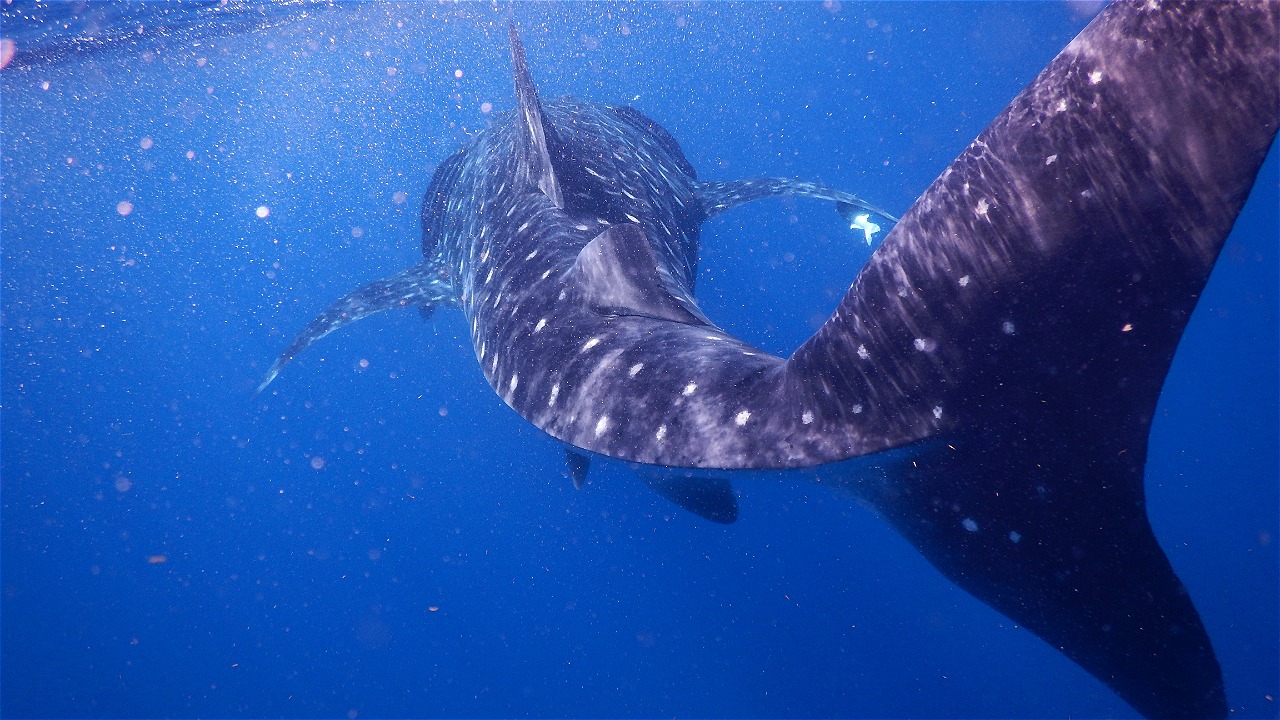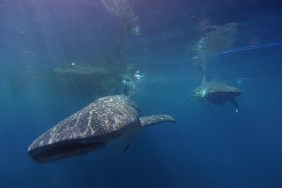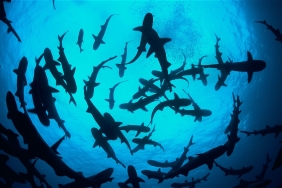THE FATE OF THE OCEAN PREDATOR
Sharks are one of the sea creatures that have been the subject of much public discussion regarding their population. CITES data (Convention on International Trade in Endangered Species of Wild Flora and Fauna / Convention on International Trade in Endangered Animals and Plants) recorded in 2010, 180 species of these ocean predators were declared threatened compared to only 15 species in 1996, so many movements to save shark populations emerged from various circles. #SOSharks (Save Our Sharks) is one of the campaigns mobilized by WWF-Indonesia to stop the consumption, trade and viewing of shark cuisine by the media.
The average local consumption of shark and its derivative products in major Indonesian cities is 54,720 servings or 10,756.8Kg of shark fin per year. Not only that, shark catches in Indonesia topped the list with 68,377 tons in 2000 and during 2002-2011, Indonesia exported 109,248 tons of shark (FAO, 2013)
Not much different from sharks, manta rays (manta ray) and devil rays (devil ray) are widely hunted for consumption. The ray's skin is also used to make wallets and handicrafts, and its gills are used as medicine exported to China and Taiwan. The manta ray itself has full protection status in Indonesia and is included in appendix II in CITES, even the devil ray itself is included in the species regulated by the Convention on Migratory Species (CMS) which confirms the commitment of member countries to protect from all utilization. Both types of rays are very vulnerable to overexploitation, during their lifetime rays can only give birth to 8-10 pups.
Waste of Resources Waste of Resources
The sharks and rays obtained by fishermen are not all the fishermen's main or target catch. Most are bycatch (bycatch). Sharks and rays are usually accidentally entangled in modern fishing gear that has a low level of selectivity. The total bycatch of global fisheries stands at 40.4%. Most of the bycatch is not optimally utilized, being wasted. In the midst of overfishing, bycatch is a waste of resources that leads to a decrease in fishermen's catch.
The number of sharks as bycatch is not small either. A WWF report in 2015 revealed that in six months, over 3,000 hammerhead shark pups and over 800 blacktip sharks were landed at the Berondong-Lamongan archipelago fishing port as bycatch. Meanwhile, over 700 hammerhead shark pups and over 2,000 other types of sharks were landed at Karangsong-Indramayu harbor as bycatch. The sharks were generally caught in gillnet and purse seine gear. The species entangled in bycatch also varies, ranging from sea turtles, seabirds, manta rays, marine mammals such as dolphins to sharks.
Until now, WWF-Indonesia continues to strive to improve shark and manta ray fisheries management. Collaborating with the government and academics, together highlight the lack of data related to sharks and rays. Encouraging the government to make policies in accordance with international agreements, and also supporting the adoption of best conservation practices for sharks and rays. In early June, shark researchers gathered at the Shark and Ray Symposium Workshop to provide recommendations on the biological; population and ecological; and socio-economic aspects of shark and ray management in Indonesia.
Consumer Efforts
So how can the public participate to reduce the threat of extinction to sharks and rays?
- Do not buy products made from body parts of sharks, manta rays and devil rays
- Advocate and spread knowledge about shark, manta ray and devil ray conservation to the neighborhood
- Ensure sellers that the seafood we buy is not caught using fishing gear that supports pressure on protected biota
Author: Fajrina Nissa Utami -Marine Campaign & Social Media Assistant





